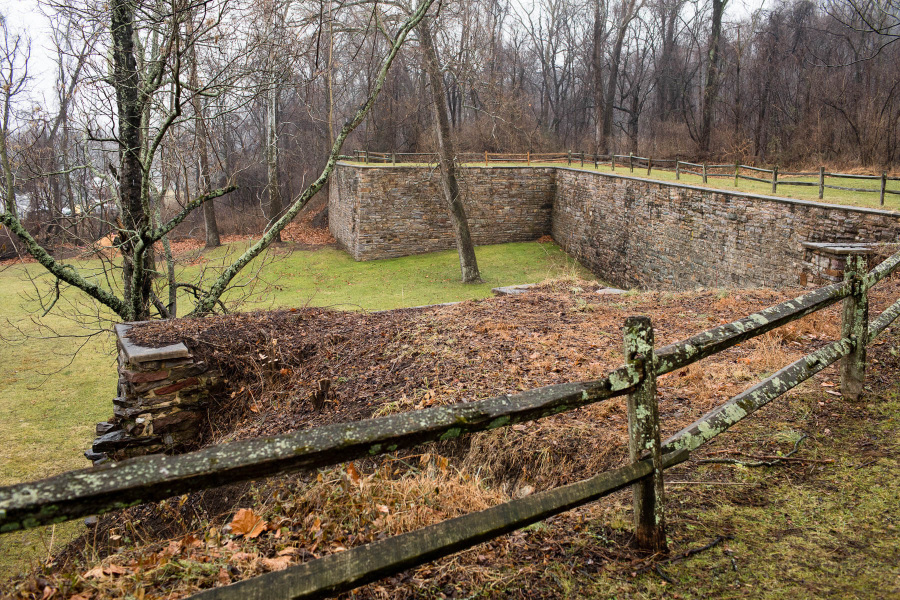For 100 years, this forest was fed to a furnace
Catoctin Mountain fueled the American Revolution before nature rebounded

During the American Revolution, some of the firepower used in the war began life in the shadow of Catoctin Mountain in Frederick County, Maryland. The land provided iron for cannonballs used by the Continental Army, and the surrounding forest became charcoal to feed the fires of Catoctin Furnace.
It took an acre of trees to power the intense heat of the smelting process for just one day, and during its first 100 years, 11,000 acres of forest on Catoctin Mountain were harvested. Starting in 1873, the third furnace to occupy the site burned coke instead of charcoal, allowing the forest to recover.
Today, the ruins of the second furnace, built in 1858, are in the process of being stabilized and are part of Cunningham Falls State Park. Amid the oak, hickory and tulip poplars is evidence of charcoal beds where the fuel was made. And along trails closer to the furnace are heavy chunks of slag, a byproduct of making pig iron.
Despite these remnants, visitors drawn to the impressive Cunningham Falls might not realize that the hills surrounding them were once laid bare by the demands of early U.S. industry.

Comments
There are no comments.
Thank you!
Your comment has been received. Before it can be published, the comment will be reviewed by our team to ensure it adheres with our rules of engagement.
Back to recent stories